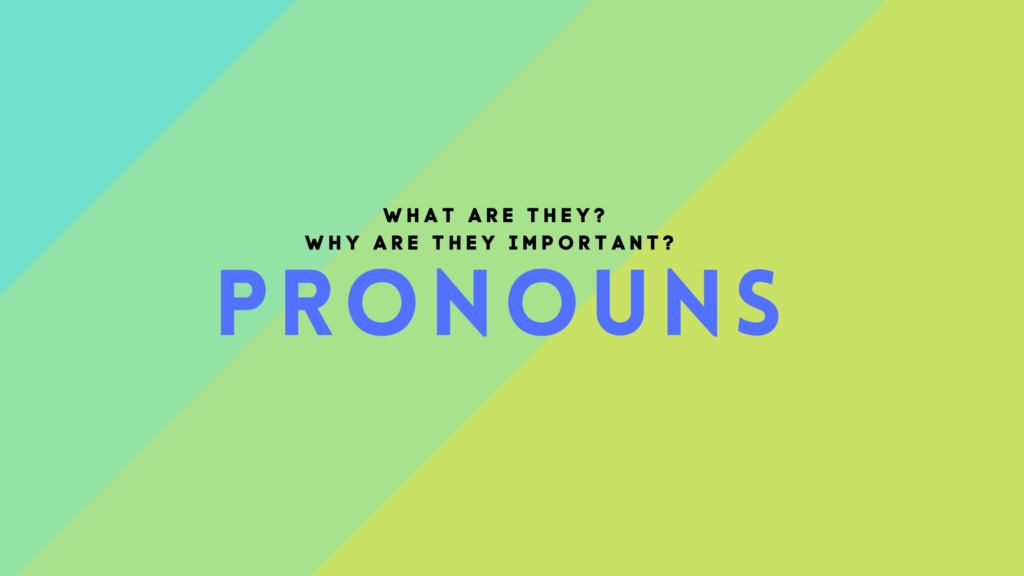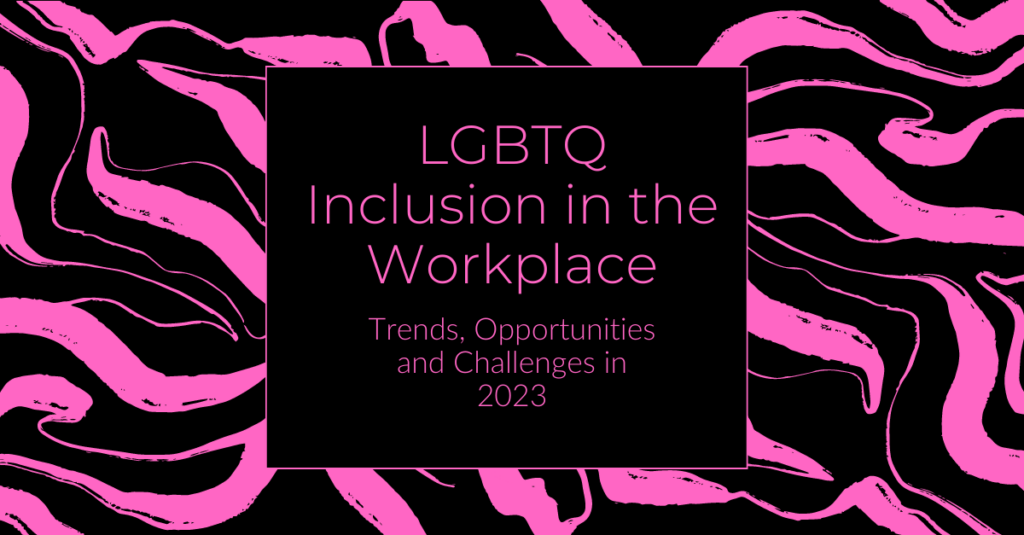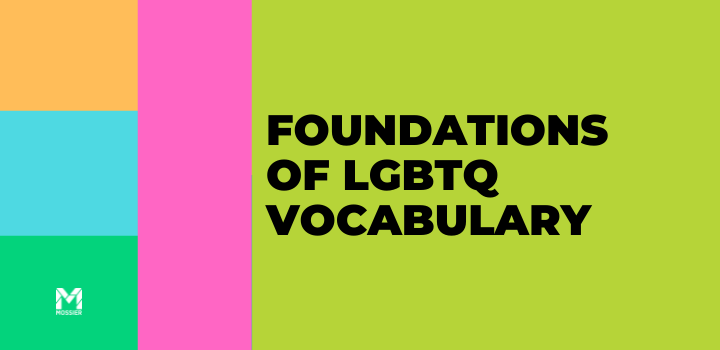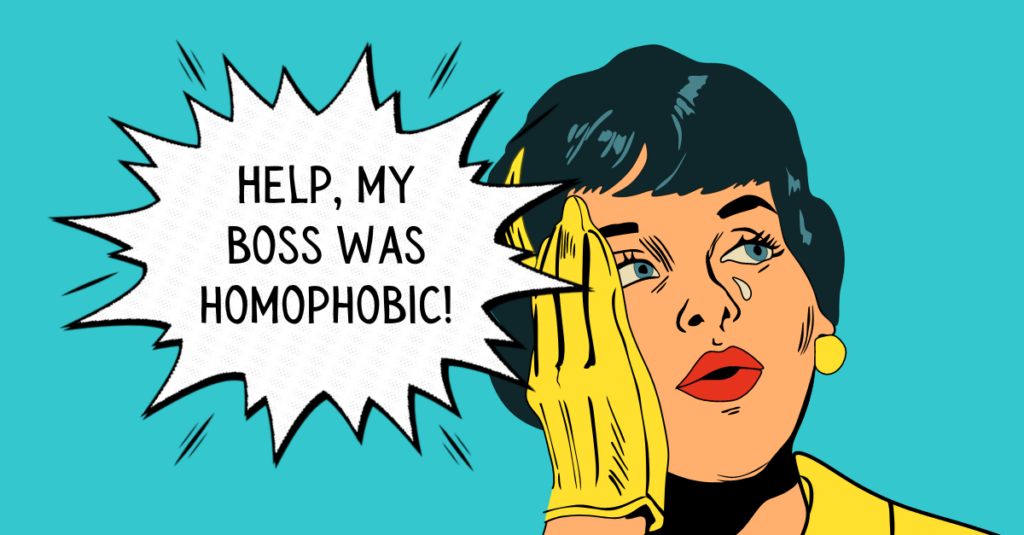
LGBTQ Vocabulary: Pronouns
Pronouns are how we refer to people, usually in the third person. The binary pronouns (she/her, he/him) tend to be the default for referring to people. As the LGBTQ community grows, our culture is learning more about how to understand identities outside of a gender binary. Meaning, these binary pronouns don’t always fit with how someone identifies.
Big picture, it’s good to remember:
- Using someone’s personal pronouns is a great way to show them that you respect their identity and that you want to help create and maintain a safe and inclusive workplace. Sharing pronouns can sometimes feel like an outing for someone, so we stress that you create and maintain inclusive and safe environments for colleagues.
- When you misgender someone, the opposite happens. Misgendering people reinforces the idea that people have to look a specific way to show that they are a certain gender or not. It can be offensive and harmful to folks who are being misgendered. Many companies and organizations have included this in their nondiscrimination policies, as they realize that it is a vital part of someone’s identity.
- Let’s remove the word “preferred”, okay? That word connotates that using someone’s personal pronouns are optional, and that’s not the case. Someone’s pronouns are a part of their identity and should be treated and respected as such. Instead, use “Personal” to replace “Preferred” which communicates that pronouns are individualized to each person.
- When asking about pronouns, ask everybody and not just those you believe are not using binary pronouns. By taking this intentional action in an introduction, you make sure you are showing respect for everyone. Also, we want to ask everybody about their pronouns to disrupt the normalization of the binary pronoun usage of the past.
And on that note: As you read these examples, please remember that sharing, asking, and encouraging correct pronouns means you are showing respect for all bodies and genders. When you normalize this, over time, it indicates you have committed to the LGBTQ community.
Examples of using pronouns
Pronouns have typically been used to refer to someone that isn’t with you at the moment. Let’s say you’re telling a story about your mother. You’d say something like, “My mom came to visit me. She stayed in a hotel, and she thought it was very nice.”
You probably know your mom, and you probably know what pronouns your mother uses. But what about when you’re talking about someone that you aren’t sure what pronouns to use? How do you start the conversation around pronouns?
Good news! There are many ways to implement sharing your pronouns while at work. A really easy way to do this is to put your pronouns in your email signature. It seems like a small step but can have a large impact because it reaches whoever you’re emailing and creates awareness each time you hit “send.” You can also put a link to a website (like this blog post!) next to your pronouns, which helps inform people why putting your pronouns in your signature is important.
You can put your pronouns in any type of personal profile you have, whether that’s social media like LinkedIn, a company website, and even your business cards. If you’re attending a conference or event where nametags are handed out, add your pronouns. It can make introductions to other attendees smoother.
Let’s say you’re about to start a meeting at work, but you don’t know everyone there, or how they want you to refer to them. Introductions are a great way to find out! You can say, “Hi, everyone! Before we start our meeting, let’s do a quick introduction with your name, role, and correct pronouns. Please share as much information as you are comfortable doing. My name is Les, and I use they/them pronouns.” This is a quick and straightforward way to set the precedent of sharing pronouns with each other.
How to correct mistakes
As always whenever learning something new, there is a learning curve when it comes to pronouns. This means that mistakes can happen, and if they do, you need to address it right away.
If you realize you made a mistake at that moment, correct it right then and there. Here’s an example: “Peter mentioned he… I’m sorry, they were going to the park today.” By correcting this in-the-moment, it’s a step toward self-accountability, no matter if Peter is with you or not.
After, in the case that Peter was a part of the conversation, take a moment to start a private conversation with them. Apologize and say: “Hey, Peter, I wanted to apologize for using the pronouns for you. I didn’t intend any harm and ask for understanding as I continue to learn. I’m going to hold myself accountable to use the correct one in the future!”
This apology also works when you realize after the conversation that you misgendered someone. If you’re in a meeting or a large-group setting and consistently referred to Peter as “he” instead of “they,” approaching Peter afterward and apologizing is the best thing to do.
One-on-one pronoun sharing
In a one-on-one conversation, asking about pronouns is still a great way to ensure inclusivity. When you meet somebody new, try saying, “Hi, my name is Barb, and I use she/her pronouns. It is nice to meet you!” This allows space for the recipient to have the opportunity to share their pronouns, and if they do not, it may simply mean that they are not ready to share quite yet.
Example of group pronoun sharing
Companies and organizations usually will need legal names for the paperwork and documentation side of hiring. In that process, a great way to show an extra step of inclusivity is to provide a place for names and pronouns. This shows new hires that you are taking steps to ensure that they are referred to as they want.
If you’re ever in doubt, unsure about how to proceed with something or have questions, we’re here for and with you! As you implement these day-to-day efforts, you are showing solidarity with the LGBTQ community while helping make workspaces more inclusive.






cialis generico online https://canadianpharmaceuticalsonline.home.blog/
Nicely put, Thanks!